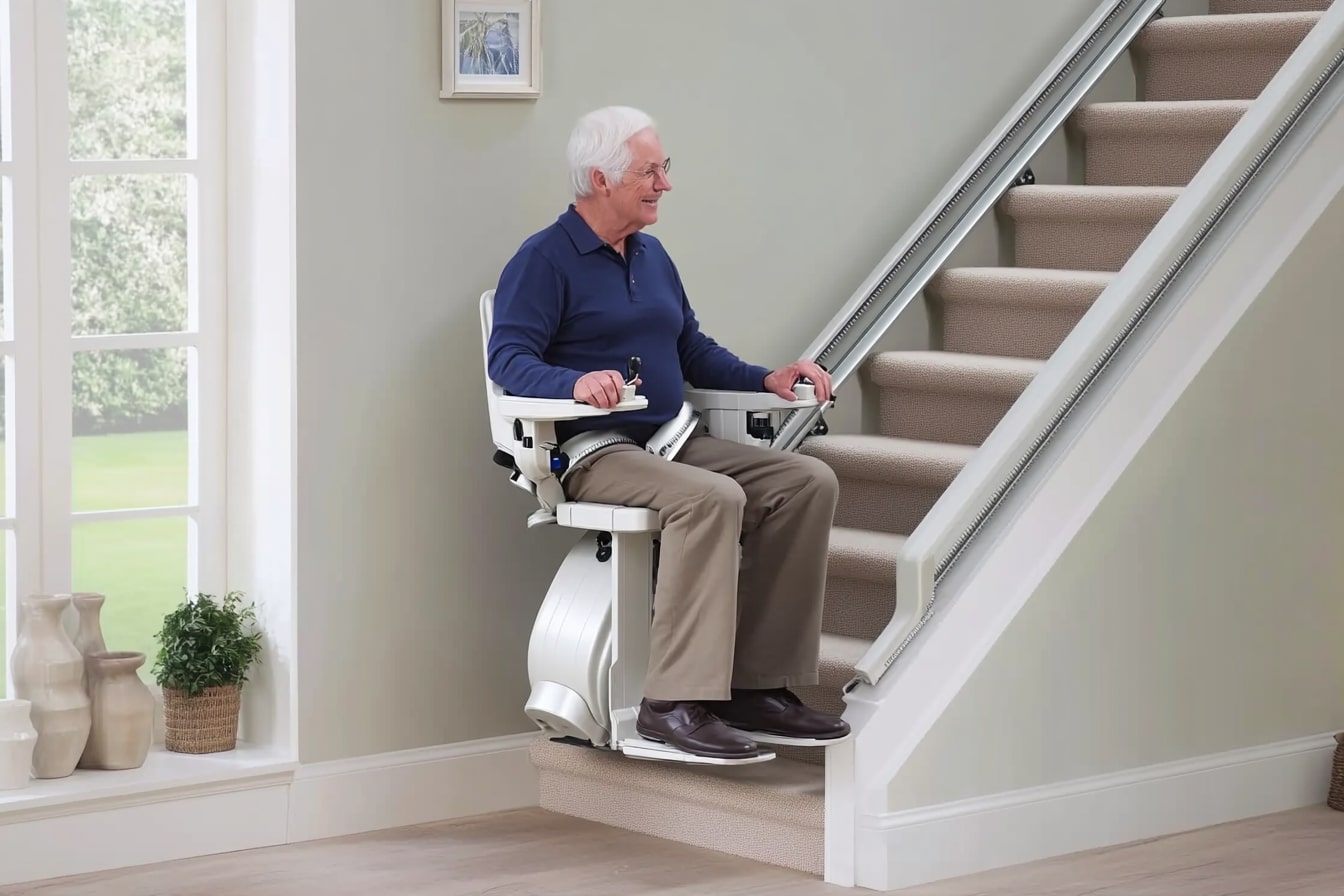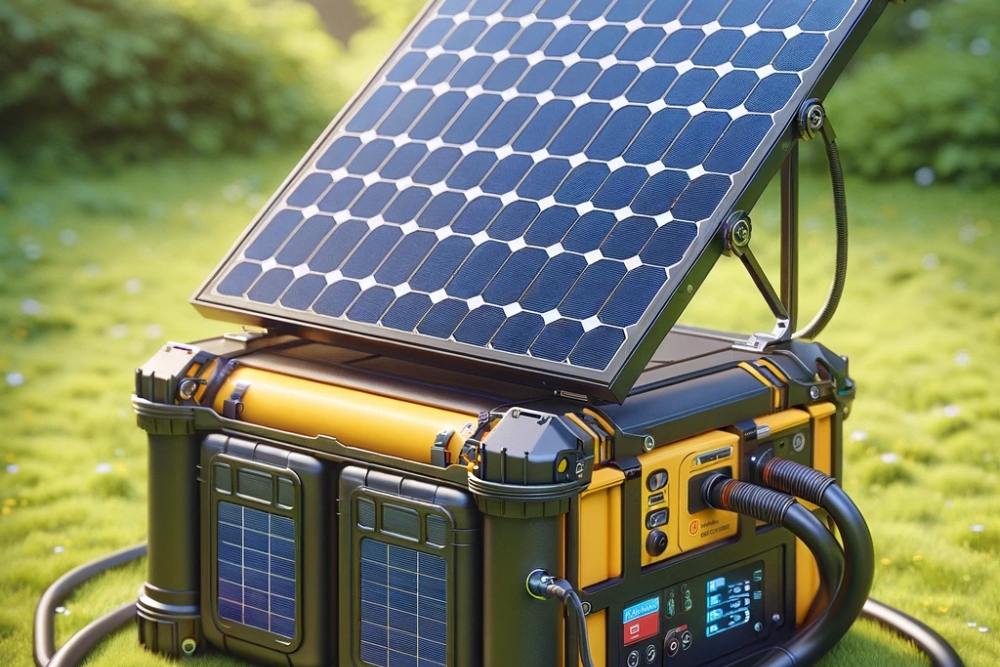A Practical Guide to Choosing Stair Elevators for Seniors Safely
Looking into stair elevators for seniors and not sure where to begin? Our easy-to-follow guide breaks down key considerations like safety features, installation options, and how to find models that fit a variety of home layouts—ideal for those exploring mobility solutions that support independent living.

Understanding What Stair Elevators Are and How They Work
Stair elevators, also known as stair lifts, are mechanical devices designed to transport individuals up and down stairs with minimal effort. These ingenious devices consist of a chair or platform attached to a rail system that runs along the staircase. The lift operates using a battery-powered motor, allowing seniors to smoothly travel between floors without physical strain or risk of falling.
Most stair elevators feature safety sensors, secure harnesses, and easy-to-use controls that can be operated with minimal hand movement. They can be customized to fit various staircase configurations, including straight, curved, or even spiral staircases. The primary goal is to provide a safe, comfortable, and independent mobility solution for seniors with limited physical capabilities.
The Different Types of Stair Elevators
There are several types of stair elevators to accommodate different needs and home layouts:
-
Straight Stair Lifts: Ideal for standard, uninterrupted staircases
-
Curved Stair Lifts: Custom-designed for staircases with turns or landings
-
Outdoor Stair Lifts: Weather-resistant models for exterior steps
-
Platform Lifts: Wheelchair-accessible options for those with more significant mobility challenges
Each type offers unique features to ensure maximum comfort and safety for the user. The choice depends on individual mobility needs, home architecture, and personal preferences.
Important Considerations Before Choosing a Stair Elevator
Selecting the right stair elevator requires careful evaluation of several key factors:
-
Home Structure: Assess your staircase design and available space
-
User’s Mobility Level: Consider weight capacity and physical limitations
-
Installation Requirements: Evaluate electrical needs and potential home modifications
-
Budget: Determine long-term costs, including installation and maintenance
-
User Comfort: Test different models to ensure proper fit and ease of use
Is a Stair Elevator the Right Choice for Your Home?
| Provider | Stair Lift Type | Estimated Cost Range | Key Features |
|---|---|---|---|
| Bruno Independent Living Aids | Straight Stair Lift | $3,000 - $5,000 | Compact design, indoor/outdoor use |
| Handicare | Curved Stair Lift | $10,000 - $15,000 | Custom-fit, multiple color options |
| Acorn Stairlifts | Lightweight Model | $2,500 - $4,500 | Quick installation, slim profile |
Prices, rates, or cost estimates mentioned in this article are based on the latest available information but may change over time. Independent research is advised before making financial decisions.
Not every home or individual is perfectly suited for a stair elevator. Consider consulting with an occupational therapist or mobility specialist to assess your specific needs. Factors like home layout, budget, and personal comfort play crucial roles in determining the most appropriate solution.
Enhancing Mobility and Independence for Seniors
Stair elevators represent more than just a mobility aid – they’re a gateway to continued independence and improved quality of life. By carefully evaluating your needs and exploring available options, you can find a solution that provides safety, comfort, and peace of mind.
Disclaimer: This article is for informational purposes only and should not be considered medical advice. Please consult a qualified healthcare professional for personalized guidance and treatment.






